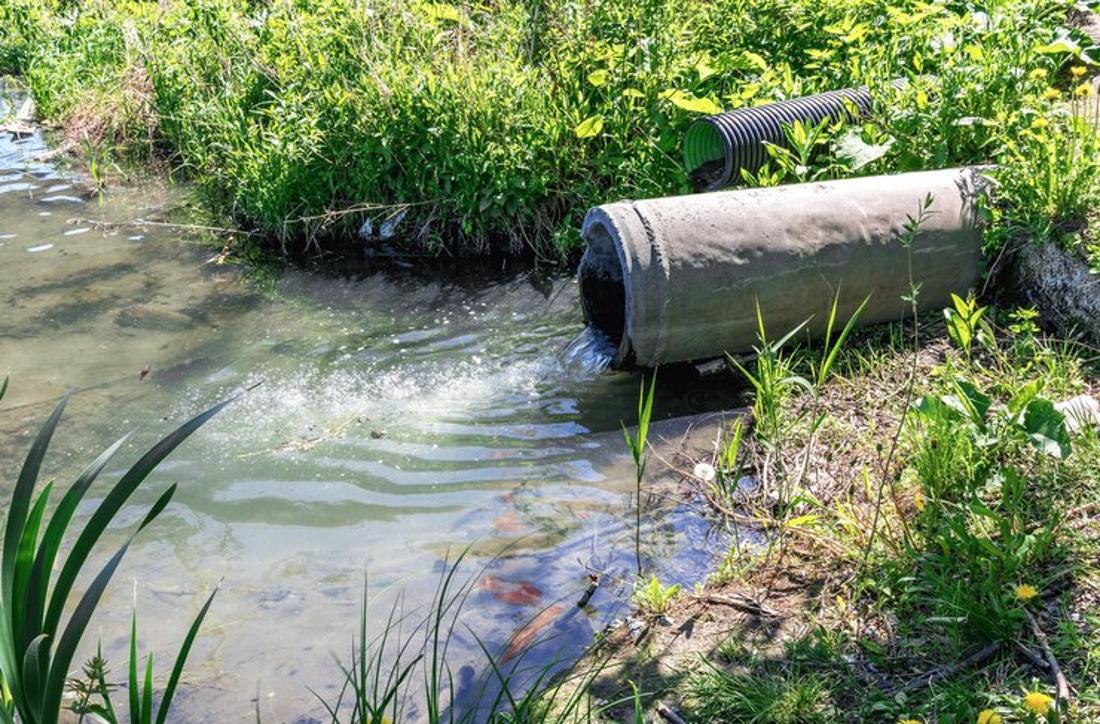Forever chemicals carry the name because of how pervasive and widespread the molecules have become. Scientifically known as PFAS chemicals, they have been found in far reaches of the globe, like the Arctic, rural communities cut off from the rest of the world, the open ocean, and in the blood of every single American.
In the eight decades since the chemicals were first discovered, they have spread across the globe and caused a mass of cancers, liver problems, and immunosuppression. Now that scientists and lawmakers know the extent of the forever chemicals, they’re attempting to remedy the damage done.
What Are PFAS Chemicals?

PFAS stands for per- and poly-fluoroalkyl substances. They are a complex group of man-made chemicals that have been used in consumer products since the early 1940s when they were first created.
The chemicals were originally used to make non-stick cookware, water-repellent clothing, stain-resistant fabrics and carpets, as well as some cosmetics, firefighting foams, and other products that repel grease and oil.
Why Are Forever Chemicals So Concerning?

This particular branch of chemicals has caused such widespread damage because they are unable to break down. Just as a plastic bag stuck in a landfill will never decompose, the small molecules that make up the chemicals will stay in the environment forever.
Because of the use of chemicals in cookware, clothing, cosmetics, and industrial purposes, they quickly washed down our drains and reabsorbed into our water supply and oceans before spreading globally.
How Do People Ingest the Substances?

People can ingest PFAS chemicals through a myriad of ways. Being in close proximity to the chemicals, like in the home or in a work setting, is one way that they can be ingested. A more common way, however, is through drinking water.
According to the Environmental Working Group, a study on water quality in the United States found that more than 2,800 locations had PFAS in their drinking water.
Health Implications of Forever Chemicals

Another concerning aspect of the PFAS chemicals is their strong link to several health issues. Cancers, kidney and liver issues, thyroid disorders, and even birth defects in some extreme cases.
Since the chemicals have already spread to the blood, testicles, and uteruses of each and every American, reversing the issue is complicated. The best hope now is to limit the use of forever chemicals going forward so that future generations have a chance of avoiding the damaging effects.
EPA Announces New Regulations for Drinking Water

The Environmental Protection Agency (EPA) announced in April that new federal limits will be placed on PFAS chemicals in public drinking water sources. This new ruling will force water utility companies to filter out specific chemicals from the water supply.
Many hope that removing these harmful substances from drinking water will help alleviate some of the negative effects caused by the introduction of harsh chemicals.
Scientists Are Also Concerned About the Food Supply

While the new EPA ruling seeks to diminish the harm caused by PFAS found in drinking water, many scientists think that areas with heavy contamination should also be worried about their food supply.
Certain foods, such as butter, portal, tea, and nut butter, contain high amounts of PFAS. These chemicals are often used in the manufacturing process and as a stabilizer for a longer shelf life. It’s unknown how much food is contaminated because of the difficulty tracking chemicals in the water supply used at each stage.
Studies Performed on Tainted Food

Phil Brown, an environmental sociologist at Northeastern University, is studying the chemicals extensively.
His studies on the contamination of food supplies have led him to the following conclusion: “If people are in a place that has high contamination, then water is going to be important. But for the average person who doesn’t have high levels of contamination, food is very often considered to be the most primary route.”
Some States Urged Residents To Avoid Eating Caught Fish

The food supply can become contaminated in several ways. On dairy farms, chemicals often make the jump from cleaning products and fertilizer to the milk supply or cows’ blood.
Last year, Michigan recommended that rainbow smelt should be avoided from being consumed in many places. The fish tested positive for concerning levels of perfluorooctane sulfonate (PFOS), another compound in the PFAS family.
What Are the EPA’s New Requirements?

For the first time, the EPA has set limits on six PFAS chemicals in drinking water sources nationwide. The ruling will require municipalities running drinking water to remove these harsh chemicals through expensive filtering processes.
The agency has limited the use of two PFAS chemicals, PFOA and PFOS, to 4 parts per trillion in any public drinking water source. Even a small exposure to these chemicals can cause cancers and other health issues.
Limits on GenX Chemicals

In addition to the new rules on forever chemicals, the EPA added a provision about “GenX Chemicals,” PFNA, and PFHxS.
For these, the EPA set a limit of 10 parts per trillion to limit human exposure through food and drinking water.
New Ruling Expected To Prevent Deaths

The EPA hopes that with the new ruling, they can help reduce the number of deaths attributed to cancer, thyroid issues, and kidney disease every year. With colorectal on the rise among people under 30, governmental agencies should be taking serious precautions to limit exposure to cancer-causing chemicals.
The EPA hopes that by limiting forever chemicals in drinking water and creating new filtering devices, young Americans can live longer and healthier lives.








































